The price of almond with shell in Pakistan is lower than in many other countries. Pakistan is one of the developing countries that is progressing in the field of agriculture every year. Both public and private entities play important roles in Pakistan’s agriculture system. The government has both direct and indirect roles in managing the country’s economy. There are a lot of obstacles and shortages slowing down the country’s economic progress, such the problem of having to pay back so many loans. About a third of Pakistan’s GDP comes from agriculture. By making use of its favorable topography, climate, and abundance of water, this country has become one of the most productive agricultural regions in monsoon Asia. Only the northern and western regions of Pakistan are mountainous; the remaining 70% of the nation is suitable for farming. Approximately 19.4 million ha of land are irrigated by the Indus River and its five tributaries, making this country home to one of the world’s greatest irrigation networks. When compared to urban areas, rural areas have a 3.2% larger proportion of their working-age population than the national average.  The primary service industry is focused in cities, and as noted in the discussion of population and its trends, Pakistan has been seeing a progressive drop in the amount of employment in the agricultural sector in favor of the service sector in recent years. Investment in rural areas’ manufacturing sector is 16.1% lower than in urban areas. The government of Pakistan recognizes the vital role agriculture plays in the country’s economy, so it offers numerous incentives to farmers and agricultural businesses, including price guarantees for crops, subsidized loans for agricultural expansion, and free or low-cost distribution of fertilizer and seed. The Agricultural Bank of Pakistan is significantly involved in these processes. Pakistan’s agricultural success is largely attributable to the country’s plentiful water and fertile terrain. Seventy-seven percent of the land in this country is used for agriculture thanks to the availability of irrigation. About half of the country’s total land area (19.3 million hectares) is used for agriculture, with rain-fed farming dominating the remainder. Pakistan’s irrigation system is a major player in the South Asian region. Large areas of land are irrigated by managing surface water, using a network of canals totaling about 6,600 kilometers in length. Dams and dams collect rainwater and channel it into canals that lead to fields. Pakistan’s land is one of the country’s most valuable resources. In terms of land area, the majority of America’s farmland is owned by tiny family operations.
The primary service industry is focused in cities, and as noted in the discussion of population and its trends, Pakistan has been seeing a progressive drop in the amount of employment in the agricultural sector in favor of the service sector in recent years. Investment in rural areas’ manufacturing sector is 16.1% lower than in urban areas. The government of Pakistan recognizes the vital role agriculture plays in the country’s economy, so it offers numerous incentives to farmers and agricultural businesses, including price guarantees for crops, subsidized loans for agricultural expansion, and free or low-cost distribution of fertilizer and seed. The Agricultural Bank of Pakistan is significantly involved in these processes. Pakistan’s agricultural success is largely attributable to the country’s plentiful water and fertile terrain. Seventy-seven percent of the land in this country is used for agriculture thanks to the availability of irrigation. About half of the country’s total land area (19.3 million hectares) is used for agriculture, with rain-fed farming dominating the remainder. Pakistan’s irrigation system is a major player in the South Asian region. Large areas of land are irrigated by managing surface water, using a network of canals totaling about 6,600 kilometers in length. Dams and dams collect rainwater and channel it into canals that lead to fields. Pakistan’s land is one of the country’s most valuable resources. In terms of land area, the majority of America’s farmland is owned by tiny family operations.  In Pakistan, the maximum allowed land area for any given property or farm unit is two hectares. However, only 2% of these farms are larger than 20 ha. A mere handful of farms boast a huge 60 hectares. Primarily Agricultural Products of Pakistan One of the earliest cultivated plants, wheat has been one of humanity’s primary dietary staples and a key agricultural product since prehistoric times. Strategic significance can be attributed to wheat because of its impact on national economies and governments. Most people eat one of four grains—wheat, barley, rice, or corn—as their primary source of calories. Wheat’s higher protein level makes it the best grain to use when making bread. The nutritional breakdown of this product is as follows: 14% water, 67% starch, 12.8% protein, 1.4% fat, and 2% minerals. Gluten refers to the nitrogen-containing components of wheat. Important Asian hubs for wheat production include Pakistan, China, and India. Thirty years of work, the development of numerous rivers, the use of chemical fertilizers and modified seeds, and a large portion of Pakistan’s lands have been devoted to wheat agriculture. Some of the increased wheat production in recent years has also been exported. Pakistan ranks among the world’s top 10 largest wheat-producing nations.
In Pakistan, the maximum allowed land area for any given property or farm unit is two hectares. However, only 2% of these farms are larger than 20 ha. A mere handful of farms boast a huge 60 hectares. Primarily Agricultural Products of Pakistan One of the earliest cultivated plants, wheat has been one of humanity’s primary dietary staples and a key agricultural product since prehistoric times. Strategic significance can be attributed to wheat because of its impact on national economies and governments. Most people eat one of four grains—wheat, barley, rice, or corn—as their primary source of calories. Wheat’s higher protein level makes it the best grain to use when making bread. The nutritional breakdown of this product is as follows: 14% water, 67% starch, 12.8% protein, 1.4% fat, and 2% minerals. Gluten refers to the nitrogen-containing components of wheat. Important Asian hubs for wheat production include Pakistan, China, and India. Thirty years of work, the development of numerous rivers, the use of chemical fertilizers and modified seeds, and a large portion of Pakistan’s lands have been devoted to wheat agriculture. Some of the increased wheat production in recent years has also been exported. Pakistan ranks among the world’s top 10 largest wheat-producing nations.  2-Rice: Rice is a staple food for many people all over the world, especially in crowded urban centers. Although it only contains about 7% protein, it’s an easily digested food. Cultivated rice in Asia comes from the Orlyzalsaliva species, while in Africa the O.Claberrima species predominates. Despite the fact that these two species have minor physical variations, studies show that their hybrid is highly sterile. There are around 20 different varieties of rice that have been identified so far. Pakistan produces more rice than any other Asian Islamic country, with the exception of Indonesia and Bangladesh. Three, sugarcane production in Pakistan has increased by three percent over the past year, despite significant fluctuations in individual years. After Bangladesh and Egypt, Pakistan is the third largest Muslim-majority nation. With 3.6% of the world’s total sugarcane output, it also ranks sixth among the top 10 sugarcane-producing countries. Pakistan relies heavily on the production of staple foods like wheat, rice, and sugarcane, but other crops including corn, cotton, and barley are also significant. When compared to other Muslim-majority countries, it cultivates less corn than Indonesia, Turkey, Egypt, and Nigeria.
2-Rice: Rice is a staple food for many people all over the world, especially in crowded urban centers. Although it only contains about 7% protein, it’s an easily digested food. Cultivated rice in Asia comes from the Orlyzalsaliva species, while in Africa the O.Claberrima species predominates. Despite the fact that these two species have minor physical variations, studies show that their hybrid is highly sterile. There are around 20 different varieties of rice that have been identified so far. Pakistan produces more rice than any other Asian Islamic country, with the exception of Indonesia and Bangladesh. Three, sugarcane production in Pakistan has increased by three percent over the past year, despite significant fluctuations in individual years. After Bangladesh and Egypt, Pakistan is the third largest Muslim-majority nation. With 3.6% of the world’s total sugarcane output, it also ranks sixth among the top 10 sugarcane-producing countries. Pakistan relies heavily on the production of staple foods like wheat, rice, and sugarcane, but other crops including corn, cotton, and barley are also significant. When compared to other Muslim-majority countries, it cultivates less corn than Indonesia, Turkey, Egypt, and Nigeria.  When it comes to number 4, animal husbandry, Pakistan has not made much progress. Other than natural causes such a lack of water and grazing space, other contributing reasons include poor animal nutrition, genetic degradation, and ineffective marketing. Baluchistan is home to a large camel population, whereas Sindh and Punjab are known for their cattle, and the North-West is a hub for sheep farming. Pakistan’s textile sector relies heavily on livestock products, particularly wool production. Mines: Pakistan is not mineral-rich, and the mining industry has made only a marginal impact on the country’s growing industrial sector. Since most industrial minerals in this country are privately owned, they are unable to provide the nation’s full need for industrial raw materials. To the tune of 2.5% of GDP, combustible commodities like oil, gas, and coal are contributors. Mining operations for chromite are located in the Zhob region, whereas iron ore operations are located in the Kalabagh region. Ghazi Khan in Multan has produced uranium, and Sinduk has produced copper. In 1984, natural gas accounted for 34.2%, electricity for 18.9%, oil for 39.5%, and coal for 7.4% of Pakistan’s total energy consumption. To the south of Karachi and in the Indus River Delta, oil exploration drills and prospecting by international corporations like Occidental Oil and Gas Company (Occidentaloilgas) have raised hopes of the discovery of vast oil reserves.
When it comes to number 4, animal husbandry, Pakistan has not made much progress. Other than natural causes such a lack of water and grazing space, other contributing reasons include poor animal nutrition, genetic degradation, and ineffective marketing. Baluchistan is home to a large camel population, whereas Sindh and Punjab are known for their cattle, and the North-West is a hub for sheep farming. Pakistan’s textile sector relies heavily on livestock products, particularly wool production. Mines: Pakistan is not mineral-rich, and the mining industry has made only a marginal impact on the country’s growing industrial sector. Since most industrial minerals in this country are privately owned, they are unable to provide the nation’s full need for industrial raw materials. To the tune of 2.5% of GDP, combustible commodities like oil, gas, and coal are contributors. Mining operations for chromite are located in the Zhob region, whereas iron ore operations are located in the Kalabagh region. Ghazi Khan in Multan has produced uranium, and Sinduk has produced copper. In 1984, natural gas accounted for 34.2%, electricity for 18.9%, oil for 39.5%, and coal for 7.4% of Pakistan’s total energy consumption. To the south of Karachi and in the Indus River Delta, oil exploration drills and prospecting by international corporations like Occidental Oil and Gas Company (Occidentaloilgas) have raised hopes of the discovery of vast oil reserves.  Currently, the Persian Gulf region, and particularly Saudi Arabia, supplies this country with the oil it needs to meet its current demand. There are substantial natural gas deposits in Pakistan, which are tapped into via eleven different basins. From the Sui region, the pipe carries the burned gas to the urban centers of Karachi and Multan. The country also has a variety of other mineral resources, such as limestone, gypsum, and fire clay. When it comes to industrial activity, Pakistan has put up considerable efforts, both technically and financially. The country’s industries gain from access to advanced technology from outside, and the government provides further support for the growth of the industrial sector. The industrial sector contributed 4.17 percent to Pakistan’s GDP in 1985. Pakistan has made enormous gains in industrial growth in recent years, and the number of people employed in the industrial sector is now virtually equal to the number of people employed in agriculture. One of the main employers in the country is the textile sector. Aside from a tiny but expanding state sector, Pakistan’s industrial economy is dominated by two large private sectors. Many essential industries, such as iron and steel production, heavy manufacturing, chemical and petrochemical processing, tractor and electrical equipment production, and so on, are under government control. Due to issues like inefficiency, equipment obsolescence, and wage inflation, many of Pakistan’s industrial enterprises run at less than 50 percent capacity, resulting in a low return on investment. Production of vegetable oil, cement, and chemicals were once monopolized by the state, but since 1978, private investors have poured money into these once-public sectors.
Currently, the Persian Gulf region, and particularly Saudi Arabia, supplies this country with the oil it needs to meet its current demand. There are substantial natural gas deposits in Pakistan, which are tapped into via eleven different basins. From the Sui region, the pipe carries the burned gas to the urban centers of Karachi and Multan. The country also has a variety of other mineral resources, such as limestone, gypsum, and fire clay. When it comes to industrial activity, Pakistan has put up considerable efforts, both technically and financially. The country’s industries gain from access to advanced technology from outside, and the government provides further support for the growth of the industrial sector. The industrial sector contributed 4.17 percent to Pakistan’s GDP in 1985. Pakistan has made enormous gains in industrial growth in recent years, and the number of people employed in the industrial sector is now virtually equal to the number of people employed in agriculture. One of the main employers in the country is the textile sector. Aside from a tiny but expanding state sector, Pakistan’s industrial economy is dominated by two large private sectors. Many essential industries, such as iron and steel production, heavy manufacturing, chemical and petrochemical processing, tractor and electrical equipment production, and so on, are under government control. Due to issues like inefficiency, equipment obsolescence, and wage inflation, many of Pakistan’s industrial enterprises run at less than 50 percent capacity, resulting in a low return on investment. Production of vegetable oil, cement, and chemicals were once monopolized by the state, but since 1978, private investors have poured money into these once-public sectors.
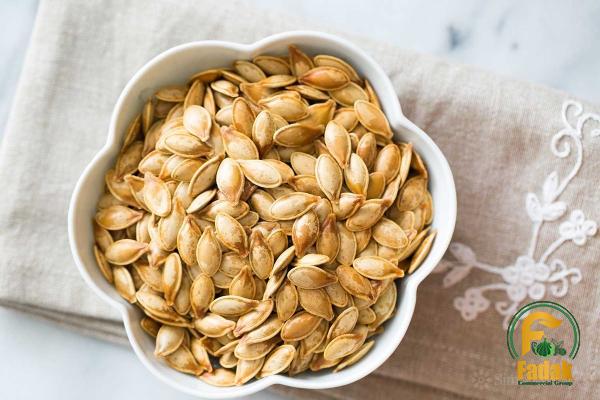
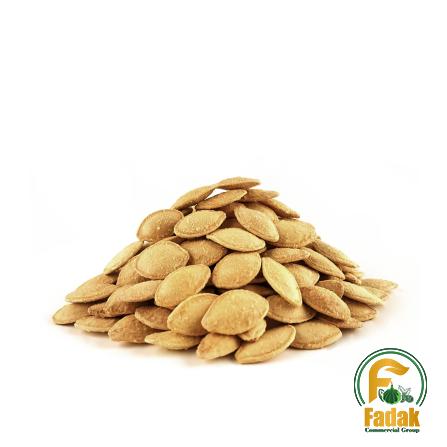

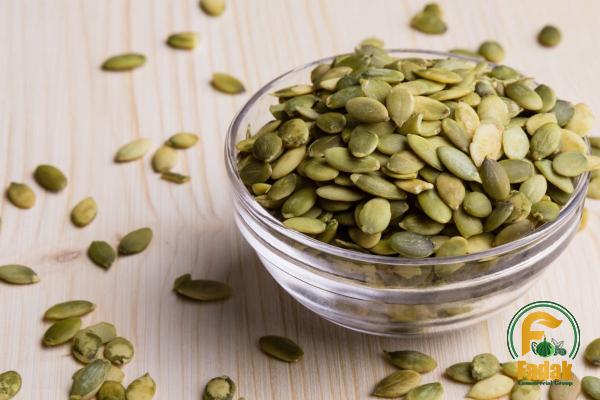
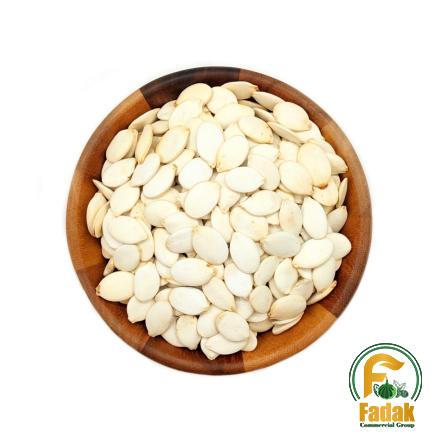
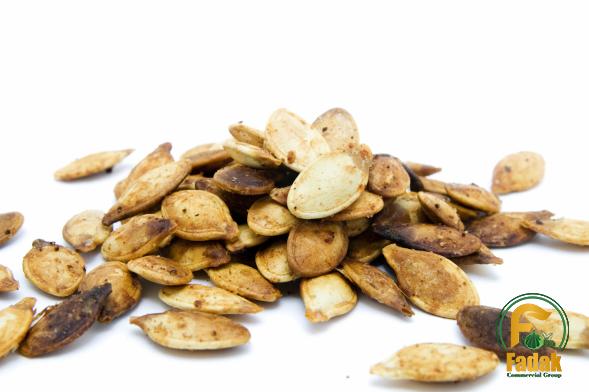
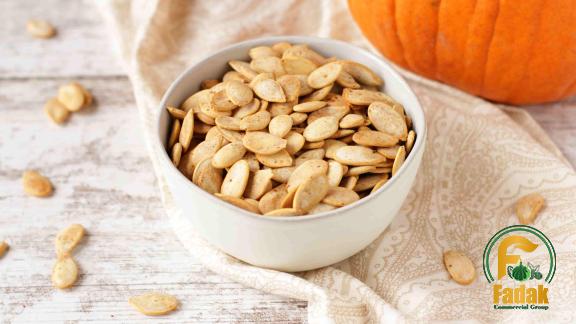
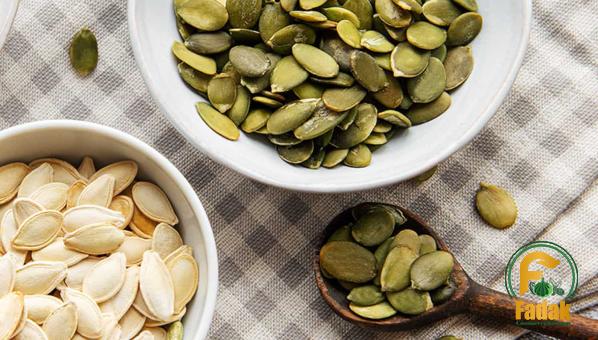

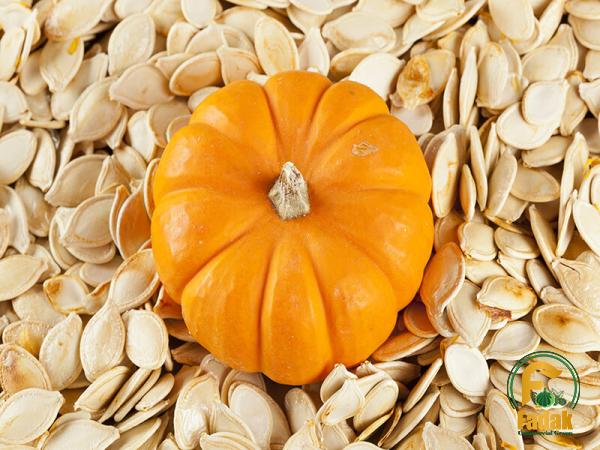
Your comment submitted.